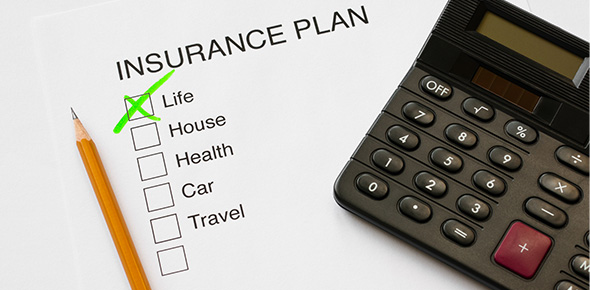Related Flashcards
Related Topics
Cards In This Set
| Front | Back |
|
Insurance is defined as the ____ ___ ___ ___ to the insurance company in consideration for a premium.
|
Transfer of PURE RISK
|
|
____ is defined as the failure to disclose a material fact.
|
Concealment
|
|
___ ___ ____ insurance protects professional persons such as insurance agents in case they are sued for negligent performance of their duties.
|
Errors & Omissions
|
|
___ ____ coverage is usually sold by unauthorized companies, such as Lloyd's of London.
|
Surplus Lines
|
|
A ____ is defined as the truth to the best of your knowledge.
|
Representation
|
|
A ____ is defined as a sworn statement of truth, guaranteed to be true.
|
Warranty
|
|
Stock insurance companies may pay ___ to stockholders.
|
dividends
|
|
A "___" company has their home office in another state.
|
foreign
|
|
____ may start coverage. It may be oral or written.
|
Binders
|
|
If a policy is vague, all doubts will be resolved against the insured. This is called _________.
|
Doctrine of Adhesion
|
|
True or False: Insurance laws are not required to be uniform from one state to another.
|
True
|
|
There are 3 types of hazards. What are they? Define each.
|
physical: such as a dead treemoral: dishonestmorale: careless
|
|
What kind of risk has the possibility of gain or loss and is NOT insurable?
|
speculative risk
|
|
The Law of Large numbers allows insurers to do what?
|
predict claims more accurately.
|
|
The chance of loss without any chance of gain is called what?
|
PURE RISK
|




